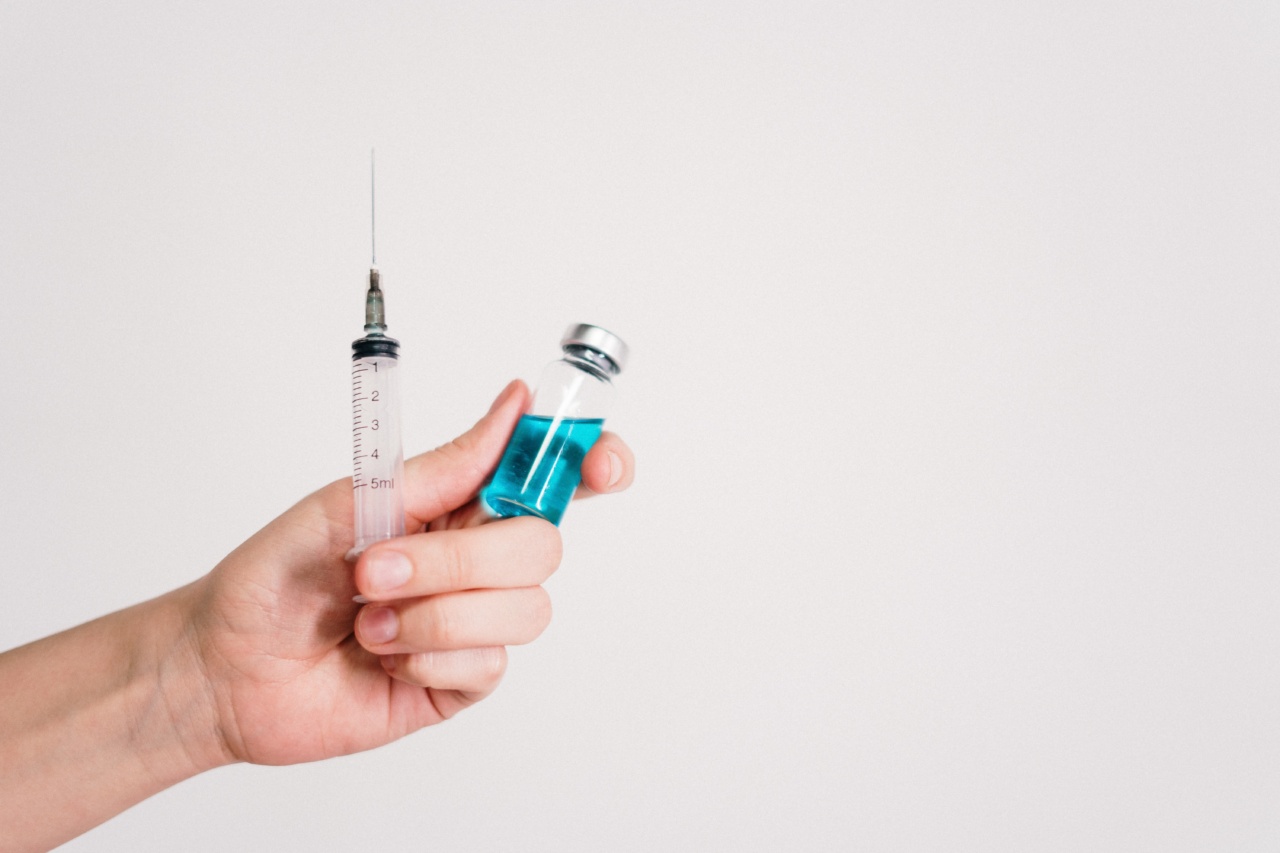Disc disorders, including herniated discs, are common conditions that affect the spine. They can cause a range of symptoms, from mild back pain to severe neurological deficits.
In this article, we will discuss the diagnosis, treatment, and prevention of disc disorders.
Diagnosis
Diagnosing a disc disorder starts with a thorough medical history and physical examination. The healthcare provider will look for signs and symptoms such as localized pain, muscle weakness, and changes in reflexes.
Imaging tests, such as X-rays, CT scans, and MRI scans, are often used to confirm the diagnosis and to determine the extent of the disc damage.
Types of Disc Disorders
There are several types of disc disorders, with the most common being herniated discs. A herniated disc occurs when the soft inner material of the disc pushes through the outer ring, irritating nearby nerves.
Other disc disorders include degenerative disc disease, disc bulge, and disc tear.
Treatment Options
The treatment for disc disorders depends on the severity of the symptoms and the specific condition. Non-surgical treatment options include:.
1. Medications
Nonsteroidal anti-inflammatory drugs (NSAIDs), muscle relaxants, and pain medications may be prescribed to help manage pain and reduce inflammation. In some cases, corticosteroid injections may be recommended to provide temporary relief.
2. Physical Therapy
Physical therapy plays a crucial role in improving strength, flexibility, and posture. Therapeutic exercises, stretches, and manual therapy techniques can help alleviate pain, reduce pressure on the disc, and improve overall spinal health.
3. Heat and Cold Therapy
Applying heat or cold to the affected area can help reduce inflammation and relieve pain. Heat therapy, such as a warm compress or a heating pad, can relax muscles and improve blood flow.
Cold therapy, such as ice packs, can numb the area and reduce swelling.
4. Spinal Traction
Spinal traction involves gently stretching the spine to relieve pressure on the affected disc. This can be done manually or with the help of specialized equipment. Traction helps create space between vertebrae, allowing the disc to retract and heal.
5. Surgical Intervention
In cases where non-surgical treatments fail to provide relief, surgery may be considered.
The most common surgical procedures for disc disorders include discectomy (removal of the damaged portion of the disc) and spinal fusion (joining two vertebrae together to stabilize the spine).
Prevention
While disc disorders cannot always be prevented, certain lifestyle changes and precautions can help reduce the risk. Here are some tips to maintain a healthy spine:.
1. Maintain Good Posture
Maintaining proper posture, both while standing and sitting, helps distribute weight evenly across the spine. Avoid slouching or prolonged periods of sitting or standing to minimize stress on the discs.
2. Regular Exercise
Engaging in regular physical activities, such as walking, swimming, or yoga, helps strengthen the muscles that support the spine. Strong muscles provide better stability and protection for the discs.
3. Lift with Care
When lifting heavy objects, use your legs instead of your back to minimize strain on the discs. Bend your knees, keep your back straight, and avoid twisting motions while lifting.
4. Maintain a Healthy Weight
Excess weight puts additional stress on the spine, increasing the risk of disc disorders. Maintaining a healthy weight helps reduce the load on the discs and promotes overall spinal health.
5. Avoid Repetitive Strain
Repetitive activities that involve bending, twisting, or lifting can strain the discs. Take regular breaks, change positions frequently, and use proper ergonomics to reduce the risk of disc injuries.
Conclusion
Disc disorders can cause significant pain and discomfort, impacting daily life. However, with early diagnosis, appropriate treatment, and lifestyle modifications, the symptoms can be managed effectively.
By taking preventive measures and adopting a spine-healthy lifestyle, individuals can reduce the risk of disc disorders and promote long-term spinal health.





























